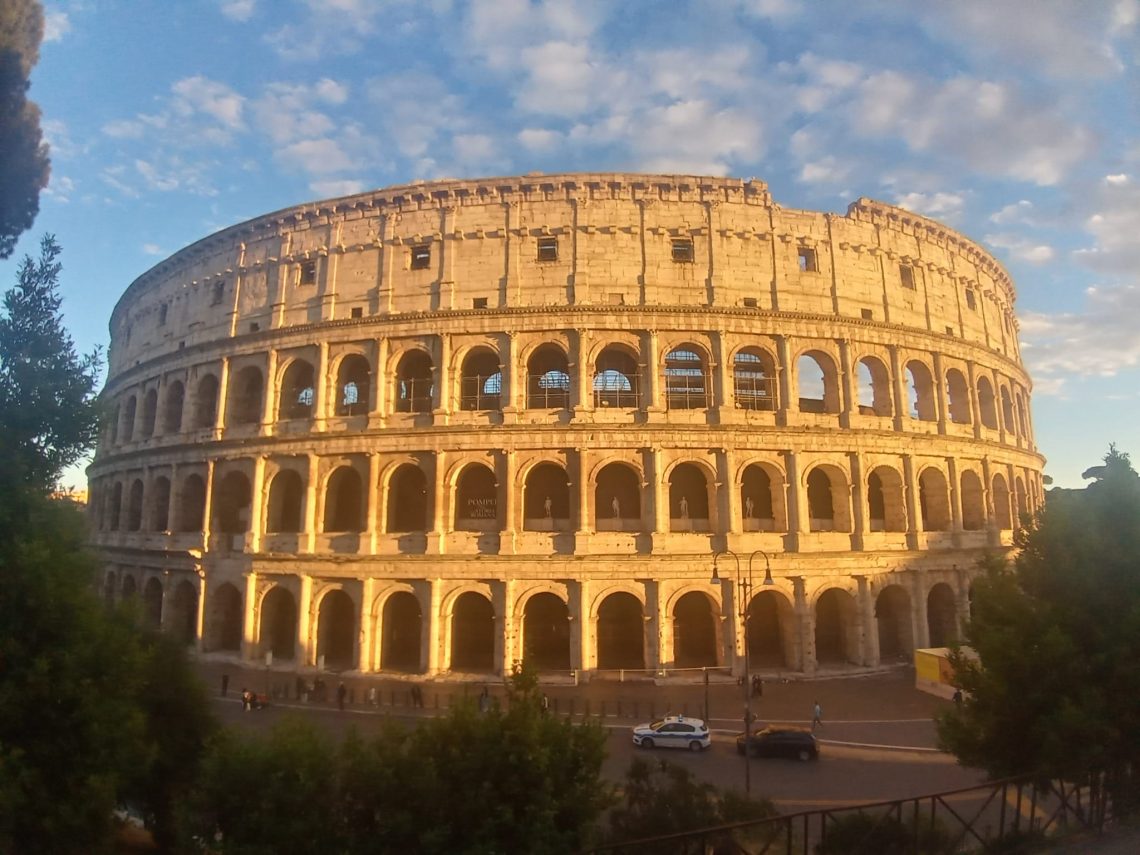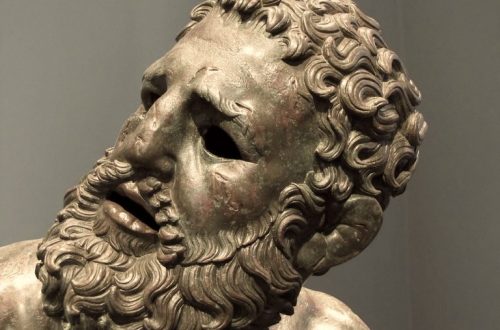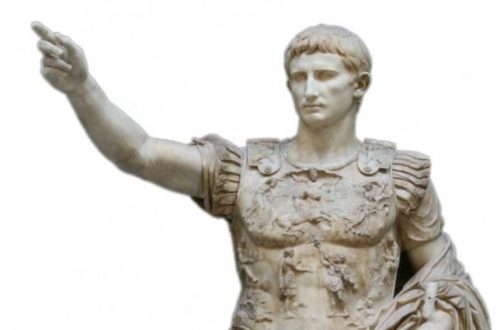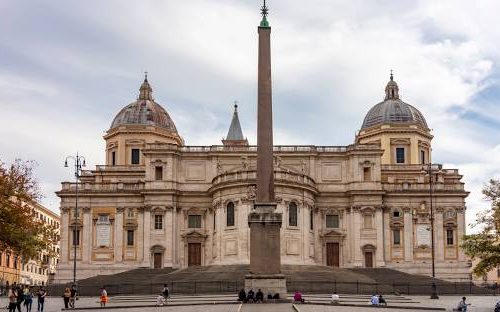
Colosseum
The Flavian amphitheater is universally known as the Colosseum and is the largest monument of Roman times, as well as the symbol of Rome’s eternity.
It was Vespasiano who decided to build the first stabile amphitheater in the city. Inaugurated in 80 by Tito, son of Vespasiano, with games that are said to have lasted 100 days, it was completed at the top by Domitian and restored by Severus Alexander.
In the late Empire it was used as “venationes” (hunts), in the Middle Ages, after several earthquakes had damaged it, it was transformed into a fortress to pass in 1312 to the Senate and the Roman people.
The external façade, 48.5 meters high and in travertine, presents a triple series of 80 arches, framed by semi-columns on three window and a flat space for the “clipeus”; The arches of the second and third floors have a continuous parapet with a base nut under the semi-columns, while in the quadrangular holes of the terminal cornice housed the supports for the “velarium” which sheltered the spectators from the sun.
The internal elliptical arena (m 86 * 54) was separated from the auditorium by a high podium, adorned with niches and marble and protected by a balustrade behind which the characters of rank sat.
The cavea, in marble, was divided horizontally into balconies and in the vertical one into circular sectors by stairs and entrances; the upper part, reserved for women, was divided from the lower bands by a wall, behind which were wooden steps protected by a colonnade; the roof of the latter was intended for the plebs.
In the basement of the arena ran tunnels for the custody of the beasts and props and for the elevators. The massive use of the vault and arch allowed a high level of security, since the approximately 50,000 spectators entered and flowed through annular vaulted corridors crossed by stairs in the direction of the floors and entrances.
![]()




